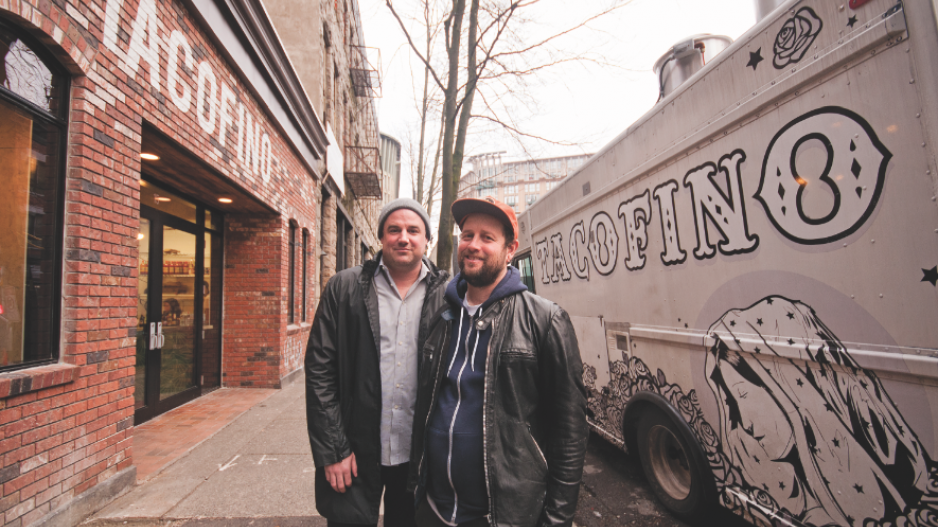Food.ee’s expansion last year into Toronto went very well, says CEO Ryan Spong.
So well that it wasn’t difficult for the Vancouver-based online lunch delivery service to convince the board to expand internationally once they took a look at the numbers.
“The (Toronto) business launched in November, it grew about 50% month-over-month right up until May,” said Spong, adding orders slowed in the late spring as office workers went on vacation.
That kind of growth in Canada’s largest city pushed the company to launch in the U.S.
Office administrators in Austin, Denver and Philadelphia began using the online service in late September and early October to order restaurant food for employees who don’t find fast food or take-out pizza parties all that appetizing at company meetings.
“Our model is to partner with local owner-operated restaurants that don’t already deliver,” Spong said.
In Vancouver, that includes Calabash, Banana Leaf, Biercraft and Tacofino — the last of which Spong co-owns.
For the U.S. expansion, the company closed $3 million in funding from investors and spent the summer identifying ideal markets.
“We have a sort of secret sauce when it comes to picking ideal cities for our product,” Spong said.
The “secret sauce” he speaks of is an algorithm in which quantitative data about the city and its makeup of businesses is overlaid against qualitative data.
Food.ee advertised positions in 10 U.S. cities and received 1,500 applications for the general manager jobs overseeing operations in each of the launch cities.
Spong said he couldn’t provide employment numbers about how big operations are in each city due to concerns over the competition. But he said the idea is to have feet on the ground to build relationships with both the restaurants and office administrators.
“The consumer online ordering space is big,” he said, acknowledging GrubHub (NYSE:GRUB) has had success targeting individuals placing orders for food deliveries.
“That’s fine, that’s a business for somebody else.”
Food.ee only targets offices.
Orders can’t be placed during peak hours, when restaurants are already busy serving patrons on site. Instead, food is prepared right before the lunch-hour rush and then delivered to offices.
“We’re very laser-focused on providing value adds to our…office administrators and best-in-class restaurant owners,” Spong said.
“We honestly feel like our product could be in 300 cities in North America.”




